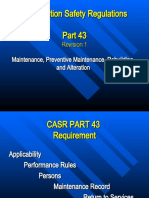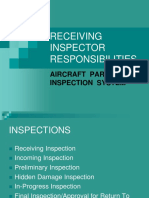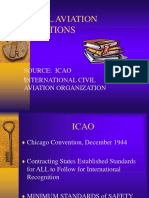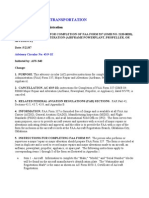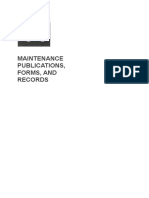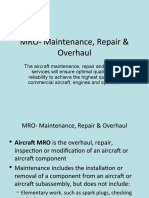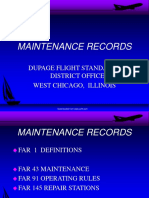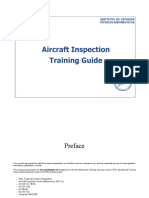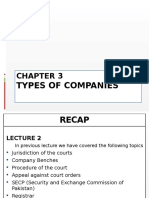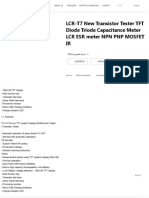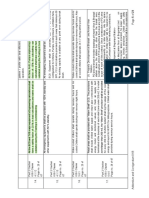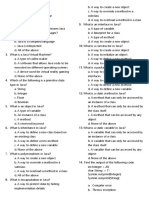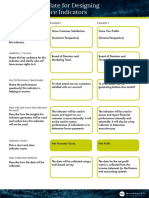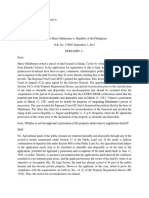0% found this document useful (0 votes)
31 views6 pagesTwo Notes
The document provides an overview of FAA regulations concerning aircraft certification, maintenance, and airworthiness standards, detailing the requirements for various parts and procedures. It outlines the roles and responsibilities of mechanics and inspectors, including the certification process and maintenance record-keeping. Additionally, it discusses human factors in maintenance, emphasizing the importance of teamwork, communication, and error management.
Uploaded by
paulsherman1234567Copyright
© © All Rights Reserved
We take content rights seriously. If you suspect this is your content, claim it here.
Available Formats
Download as PDF, TXT or read online on Scribd
0% found this document useful (0 votes)
31 views6 pagesTwo Notes
The document provides an overview of FAA regulations concerning aircraft certification, maintenance, and airworthiness standards, detailing the requirements for various parts and procedures. It outlines the roles and responsibilities of mechanics and inspectors, including the certification process and maintenance record-keeping. Additionally, it discusses human factors in maintenance, emphasizing the importance of teamwork, communication, and error management.
Uploaded by
paulsherman1234567Copyright
© © All Rights Reserved
We take content rights seriously. If you suspect this is your content, claim it here.
Available Formats
Download as PDF, TXT or read online on Scribd
/ 6
